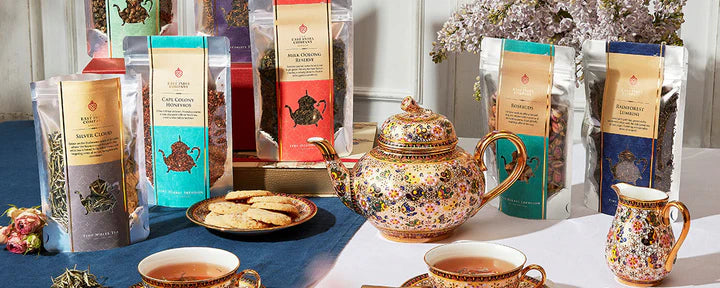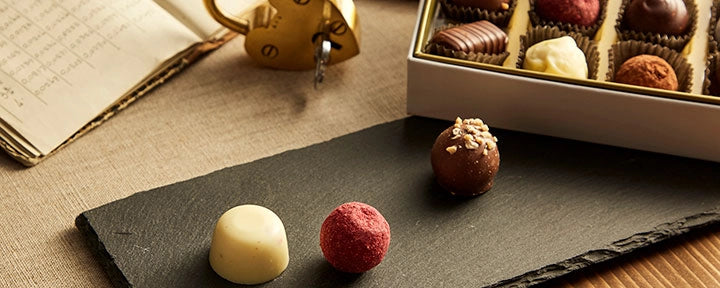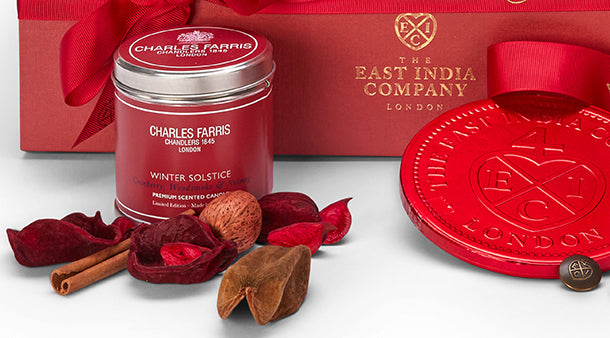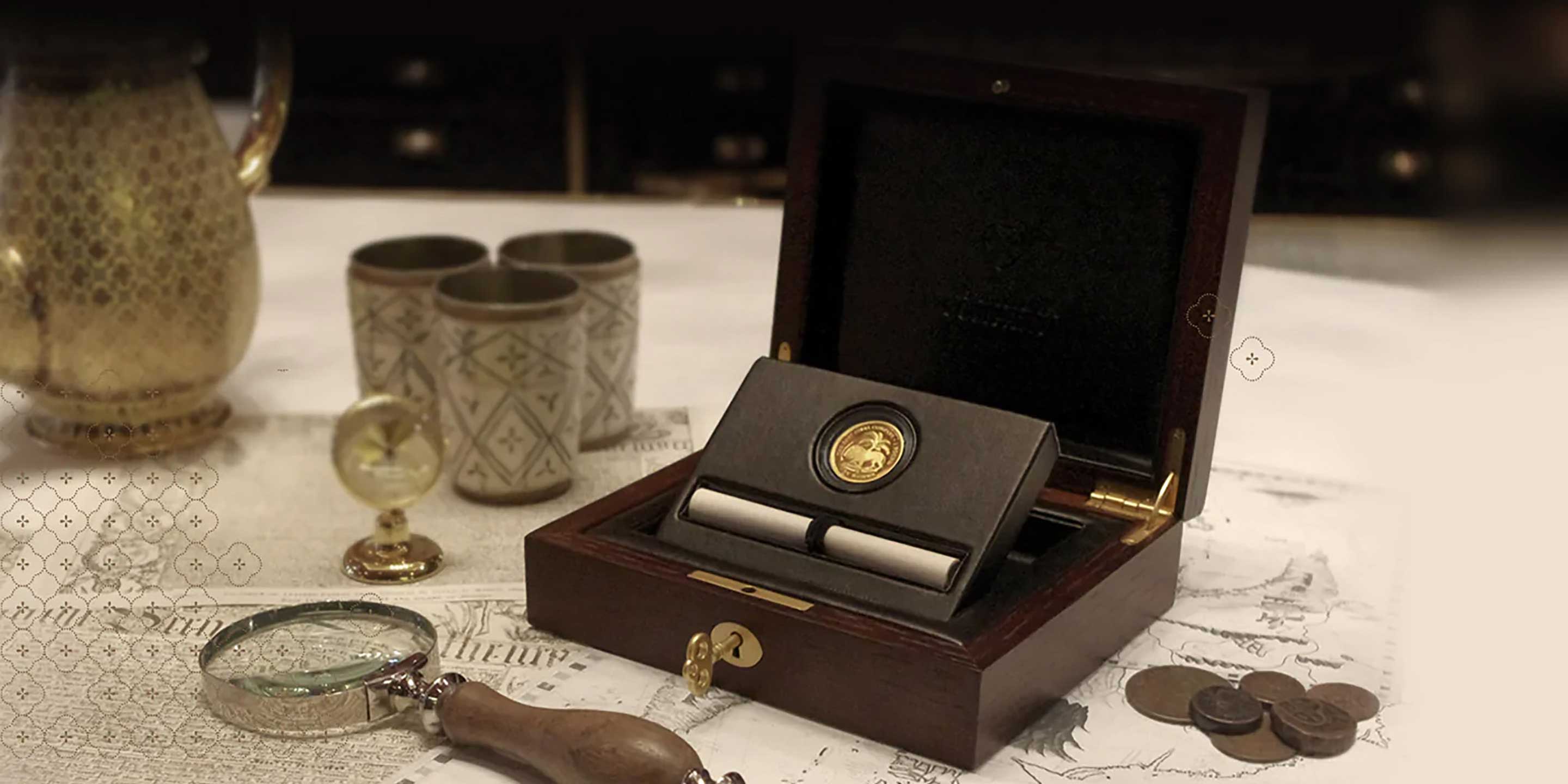THE MOHUR, meaning symbol or seal, was first recorded in the history of world coinage as long ago as 1540. Originating in the Mughal Empire of India and was the highest unit of currency in a system that also featured a silver coin called the Rupiya – later known as the Rupee, the national currency of India.
By Company became so significant in fact that in 1677 Charles II granted it the right to mint its own coins in the territories it administered and in India the majestic Mohur was adopted.
This remained the same until the Coinage Act of 1835, which decreed that there should be a universal coinage for all of the British Colonies. As a result One and Two Mohur gold coins were struck for the first time bearing the effigy of King William IV on the obverse and the iconic Lion and Palm Tree motif on the coins reverse.
The Mohur coin today, issued by Saint Helena, takes its’ inspiration from the original Mohur and as a result bears the noble Lion and Palm Tree design on its reverse, with the effigy of Elizabeth II on its obverse. The specifications are in keeping with the universal standard established by Sher Shah Suri as long ago as 1540, ensuring the historical authenticity of the coins.
See the coin here.

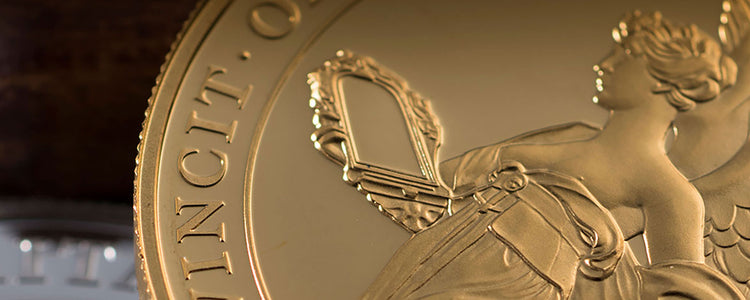

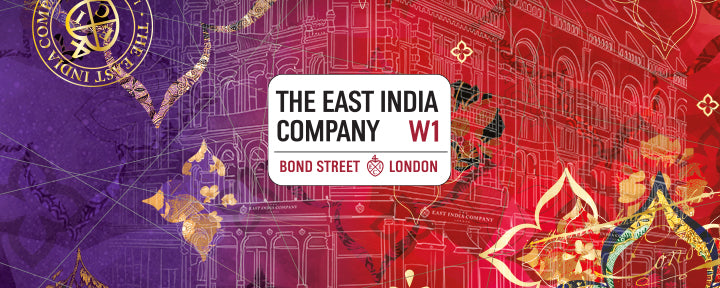
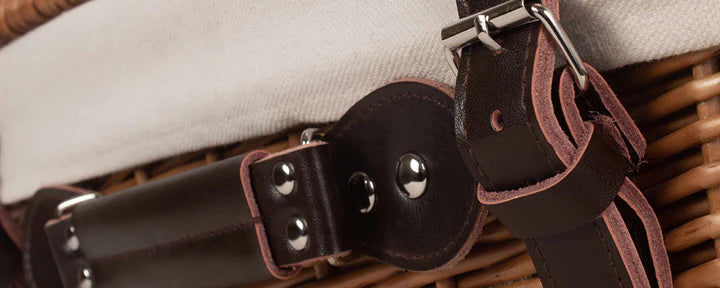
 Ceylon / Sri Lanka
Ceylon / Sri Lanka Assam, India
Assam, India Japan
Japan Taiwan
Taiwan Nepal
Nepal China
China Kenya
Kenya Egypt
Egypt Iran
Iran South Africa
South Africa